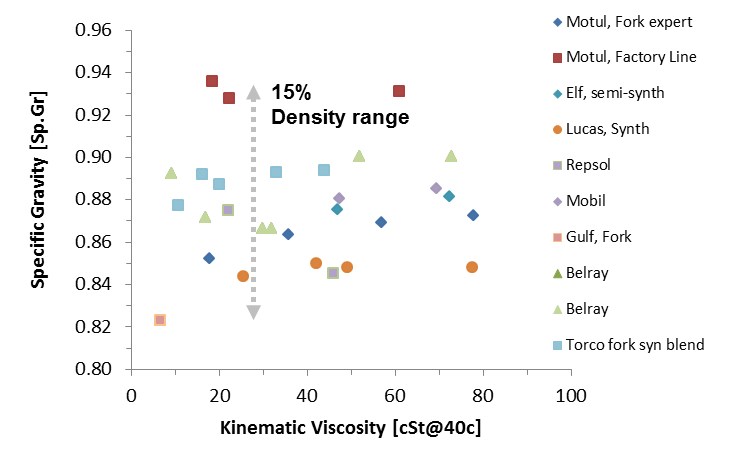

Such a plot is called a Stern-Volmer plot. KappaCoeffs (-0.710696 0.0071857 -9., a plot of \(\tau_o/\tau\) versus \(\) should be linear with an intercept equal to one, and the slope can be analyzed to obtain the bimolecular quenching rate constant, \(k_q\). \\ / F ield | OpenFOAM: The Open Source CFD Toolbox However, the below-given data uses the common polynomial approach. Viscosity is one of the important properties which are affected by pressure and temperature. Note that this laminar form of DarcyWeisbach is equivalent to the HagenPoiseuille equation, which is analytically derived from the Navier.
Since OpenFOAM® version 8, a new thermophysical approach can be used namely the » reciprocal polynomial fit«. In transport phenomena, precise knowledge or estimation of fluids properties is necessary, for mass flow and heat transfer computations. is the dynamic viscosity of the fluid (Pas Ns/m 2 kg/(ms)) Q is the volumetric flow rate, used here to measure flow instead of mean velocity according to Q / 4 D c 2
The thermodynamic data file is related to the polynomial fitting given above.
#Dynamic viscosity air curve fitting free
Feel free to modify the data to fit your needs. OpenFOAM®`s Thermophysical Property File for Pure Waterįor a fast OpenFOAM® set-up, one can copy-paste the text below and insert the entire content into the »thermophysical« file, which is located in the constant folder of your project directory. To stabilize this, one can use the object function of OpenFOAM®, e.g., the »limitTemperature« capabilities. Therefore, it will influence the stability of your calculation and probably give you a division by zero, especially for the cubic polynomials. Thus, using the data below (the polynomials), you should make sure that the temperature is not going beyond the polynomials' limits because non-physical values appear beyond these limits. Furthermore, the comparison with the raw data is given. The polynomial coefficients are presented now. The dynamic viscosity and heat capacity was fitted by using a cubic polynomial: f(T) = Ax³ + Bx² + Cx + D. For the density and thermal conductivity, a polynomial of second order was used: f(T) = AT² + BT + C. The other quantity called kinematic viscosity (represented by the Greek letter nu) is the ratio of the viscosity of a fluid to its density. The data provided above are used in combination with Gnuplot to perform a polynomial fit. Except at very high pressure, the viscosity of air depends mostly on the temperature. The raw data for generating the polynomial functions are taken from the VDI Wärmeatlas. Under standard atmospheric conditions (25 C and pressure of 1 bar), the dynamic viscosity of air is 18.5 Pas, roughly 50 times smaller than the viscosity of water at the same temperature.

Here, the fluid properties, namely the density, the molecular viscosity, the heat capacity, and thermal conductivity, are calculated by using the polynomial functions. The polynomials are based on pure water in the range between 0 ☌ < T < 100 ☌ at atmospheric pressure 101325 Pa.Īs already mentioned, OpenFOAM® offers a polynomial approach. Therefore, I decided to put the polynomial derivation into my blog for two reasons: (a) I know where to pick it up fast, and they will not vanish anymore, and (2) everybody can use it. Fortunately, I found the data during the website-relaunch. However, I always had to derive them again and again, as I forgot to save the file to an appropriate location where I can find them. In OpenFOAM®, we can use the polynomial approach for temperature-dependent physical property data. I also had a few calculations that need temperature-dependent water properties. In some cases, one needs the buoyancy effect or temperature-related data, and hence and therefore, temperature depended data are required. Even in computational fluid dynamics, it is a characteristic fluid that appears in many analyses.

Water is an essential fluid in our world. The OpenFOAM® thermophysicalProperties file for water (polynomial approach) Temperature-Dependent Thermophysical Properties for Pure Water


 0 kommentar(er)
0 kommentar(er)
